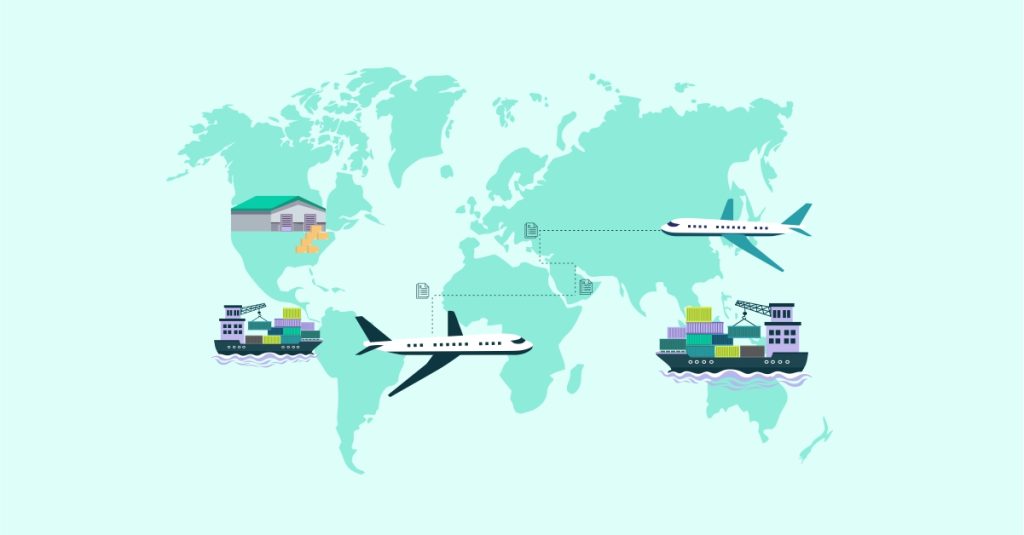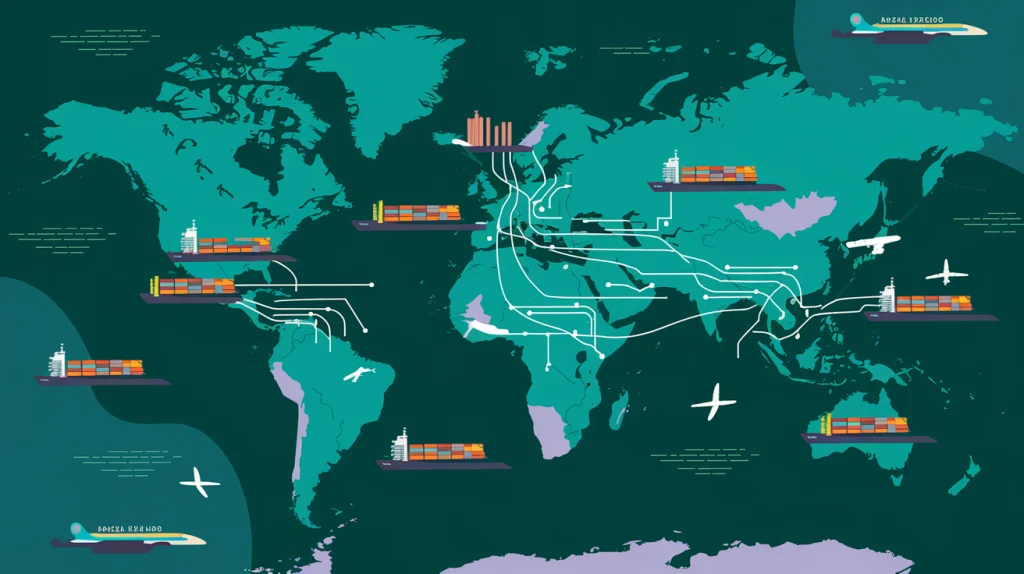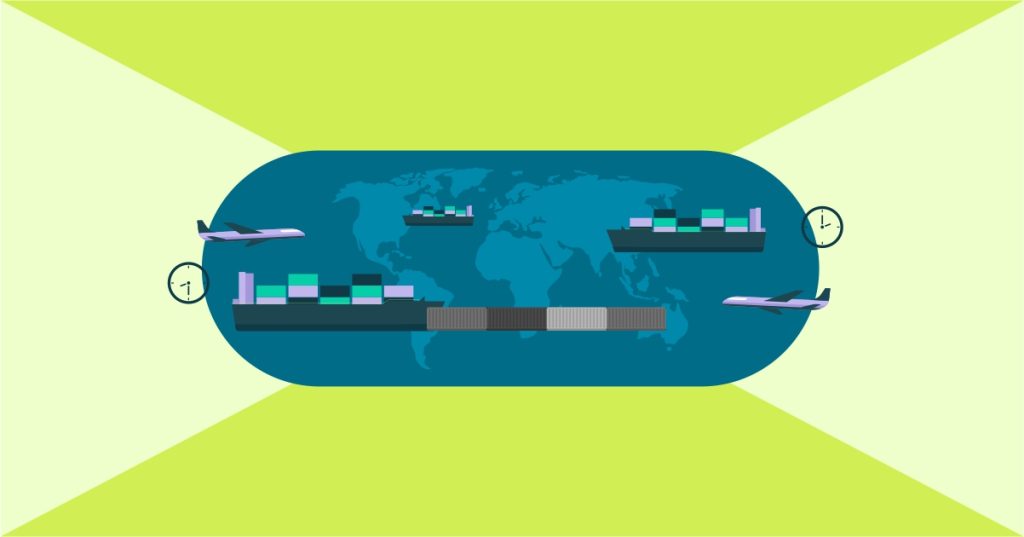If your products are doing well in your local market, the next logical step would be to expand your reach to adjacent markets. With Amazon Global Logistics or Global Selling Program, this is entirely possible. This program was introduced in 2015 and gives you access to 21 international marketplaces and over 200 countries and territories.
It might seem simple, especially if you’re already successful locally, but selling internationally comes with its own set of challenges. You’ll need to deal with additional regulations and face intense competition from established sellers in those regions. To help you succeed globally, this guide covers everything you need to know about selling internationally on Amazon. Let’s dive right in.
Which Marketplaces Can You Sell On?
As of 2024, you can sell to 21 international marketplaces. This includes:
- United States (Amazon.com)
- United Kingdom (Amazon.co.uk)
- Mexico (Amazon.com.mx)
- Canada (Amazon.ca)
- Spain (Amazon.es)
- Brazil (Amazon.com.br)
- Italy (Amazon.it)
- France (Amazon.fr)
- Germany (Amazon.de)
- Singapore (Amazon.sg)
- India (Amazon.in)
- Japan (Amazon.co.jp)
- United Arab Emirates (Amazon.ae)
- Saudi Arabia (Amazon.sa)
- Turkey (Amazon.com.tr)
- Australia (Amazon.com.au)
- Netherlands (Amazon.nl)
- Belgium (Amazon.com.be)
- Poland (Amazon.pl)
- Sweden (Amazon.se)
- Egypt (Amazon.eg)
Which Marketplace Should You Select?
Before you choose a marketplace, there are a few things to think about.
First, think about how much traffic the marketplace gets. As of 2024, the top marketplaces by number of monthly visitors are the USA with 3 billion, Germany with over 605 million, the UK with over 569 million, and Canada with 231 million.
Second, consider the different tax regulations and whether you can sell your products in the chosen country. Some countries have more extensive rules, so make sure you’re knowledgeable and prepared to comply.
Third, check the average income in the countries you want to sell in. This is measured by something called GDP PPP per capita. Generally, higher income means more online spending.
How to Sell Internationally on Amazon

Selling your products internationally is a good idea if you already have an established and successful product in one marketplace. But before you go global, make sure to do your research to confirm there’s also demand for your product in the new market.
Once you’ve confirmed demand, your next step is to find a reliable freight forwarding company. Look for one that has experience in shipping products specifically to Amazon’s fulfillment centers, as they have unique requirements for labeling, packaging, and appointment scheduling. Failing to comply could result in your products being rejected and sent back, with you bearing the full cost.
Once you’ve handled this, it’s time to enroll in either NARF or Amazon’s Global Selling Program:
- NARF: If you’re operating your Amazon business in the US and want to expand into Mexico and Canada, NARF is a great option. This program allows you to sell in these markets while keeping your products in US fulfillment centers. When customers from these countries place an order for your product, Amazon will handle the cross-border shipping for you.
With NARF, you’ll also automatically get access to a tool called BIL (Build International Listings), which duplicates your US product listings onto Amazon Canada, and Mexico without you having to do anything.
To qualify, you need to have a Professional Selling account and a North American Unified Account, which you can set up by going to the “Upgrade to a Unified Account” page in Seller Central.

Selling in your local market is usually easier than selling overseas. If you’re new to a foreign market, here are some helpful tips to ensure success:
1) Be Aware of Each Country’s Regulations
When selling internationally, the first step is to understand the regulations of the country you’re targeting. In the EU or UK, for instance, there’s a long list of legal requirements you must meet. Here are a few examples:
- Register for VAT: VAT (Value Added Tax) is a mandatory tax on goods and services in the EU and UK. Registration procedures vary, but generally, you’ll need to fill out a form and provide necessary documents like business proof, ID, and financial records.
- Apply for an EORI Number: An EORI (Economic Operators Registration and Identification) number is essential for customs declarations. Before applying, check if your company already has one, especially if you’re VAT-registered. If not, you’ll need to provide detailed company information to the customs authority where you plan to import goods into.
- Ensure EPR Compliance: If you’re planning to sell in Germany or France, you’ll need to obtain an EPR (Extended Producer Responsibility) number from the appropriate PRO (Producer Responsibility Organization) to prove that your products, including packaging, are sustainable and recyclable. Common EPR categories cover products like batteries, electrical and electronic equipment, and furniture. Without this number, Amazon will suppress your listings.
- Get a WEEE Number: If your products are covered by the Waste Electrical and Electronic Equipment (WEEE) Directive, you’ll need a WEEE number to show your commitment to correctly handling and recycling electrical and electronic waste. To obtain this number, check if your products are covered under the directive and contact the appropriate authorities in the EU country where you plan to sell.
If you want to sell to other international marketplaces besides the EU and UK, you’ll need to comply with additional regulations specific to each country.
2) Use BIL to Duplicate Your Listings
If you have a Unified Account or Linked Accounts, BIL can be an extremely helpful tool to use. It helps duplicate your current listings onto the marketplace where you plan to sell. All you need to do is link the source market (i.e., where you’re currently selling) to the target market (i.e., where you want to sell).
Here’s how to set it up:
Step 1: Go to Amazon Seller Account > Inventory > Build International Listings > Get Started.
Step 2: Choose your source market or primary market.
Step 3: Select your target marketplaces.
Step 4: Select your pricing rules. You can choose from four different options:
- Same price as source marketplace
- Percent above source marketplace
- Percent below source marketplace
- Fixed amount above source marketplace
Step 5: Wait for Amazon to process your request. This can take up to 4 hours. You’ll receive an email once it’s done.
3) Translate and Adjust Your Listings
If you’re selling to a country where English is the primary language, find out if they use British or American English and adjust your copy accordingly. Also, use the vocabulary that locals are familiar with, especially if you’re selling products that may have different names in your target market. For instance, if you own a clothing brand in the US and want to enter the Australian market, instead of using American terms like “sweaters” or “pants”, use the Australian equivalents which are “jumpers” and “trousers”.
If you’re entering a market where English isn’t the main language, you’ll need to translate your listings to the local language there. While online AI tools can be helpful, it’s better to hire a professional translator to ensure your copy makes sense and includes the keywords you need in the target language.
4) Hire a Full-Service Amazon Agency
If the thought of going global is stressing you out, you can always consider hiring a full service Amazon agency like Enso Brands. With Enso Brands, you’ll have access to a team of experts who will guide you every step of the way. We’ll help duplicate your listings using BIL and choose the right program, whether that’s NARF or Amazon’s Global Selling Program. We’ll also optimize your listings for search visibility to boost sales internationally. Plus, we’ll keep an eye on your entire catalog to ensure it’s performing its best and make changes as needed to stay ahead of the competition.
Summary
Expanding your business internationally with Amazon Global Logistics is a great way to reach new customers across the world. To ensure success, make sure to choose the right international marketplace based on customer traffic and GDP per capita in that area. Also, consider using tools like NARF and BIL to easily manage your listings across different countries, and make sure you comply with each country’s regulations before you start selling there. Lastly, if you’re selling in a country where customers speak a different language other than English, make sure your product listings are in that language. This might mean hiring someone to translate them for you or using AI tools. If all of this seems overwhelming, you can always hire a full-service Amazon agency like Enso Brands.


